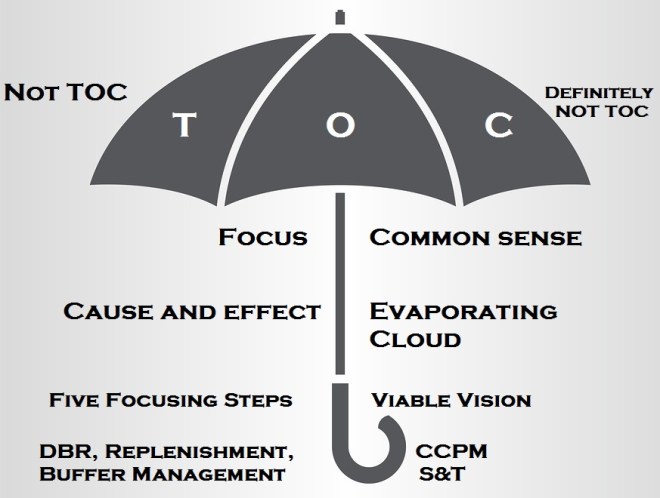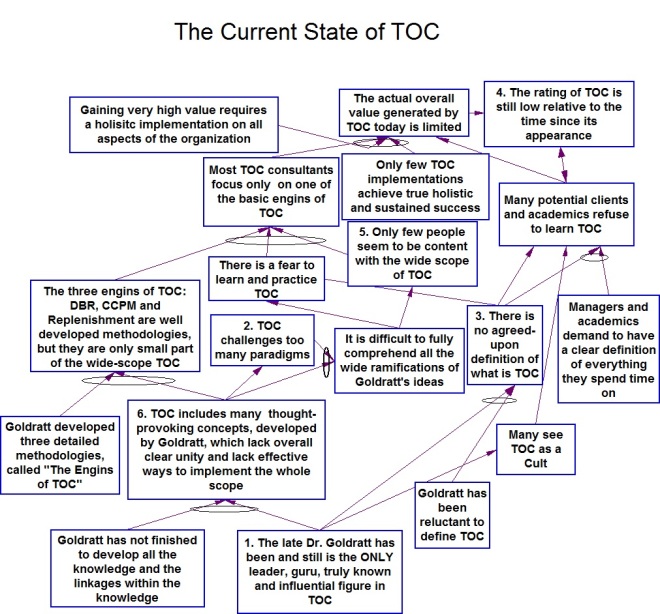
There is a basic contempt in management circles towards theories. The common thought is that management is all about practice and when you are faced with a demanding situation the theory would not rescue you. The art in management is being able to see what others are not capable to. A theory, which is open for everyone to learn, cannot help in leading one to gain the extra capability required to see further than others.
REALLY?
Science is about theories that have proven validity. It means that while there is no certainty we know enough, so the probability of a major mistake is very low.
However, we need very good logical arguments for establishing “validity”, which is a vague substitute to certainty. In social sciences the validity has to be backed up by a statistical model with at least 95% confidence. Nowadays it is customary to demand confidence of 99%. Social sciences do not consider logical arguments even as merely “interesting”. Logic is important for hard sciences, even though it is not sufficient. A logical claim constitutes a theoretical hypothesis, but science requires a validity check through predicting a new effect based on that logic and then proving the existence of that prediction by either a carefully designed test or identifying that effect in reality.
Goldratt called this logical structure ‘effect – cause – effect’ to describe the process of identifying a meaningful effect, coming up with a logical explanation (the ‘cause’) and then deducing that if the cause truly leads to the observed effect then another effect has to be caused by the same cause and if we find the second effect in reality it gives the extra validity to the logical claim.
In Physics, unproven theories that are based on good logical reasoning gain wide recognition until it can be proven valid or being invalidated.
There is an inherent behavioral conflict between Science and Management. Managers do not have the option to wait for a proof of validity. Some decisions have to be takes NOW. Management cannot be a Science because it is so action-oriented.
But, this does not mean that managers cannot benefit from the use of scientific tools and theories. What is required, though, is that the application has to take into account the time pressure. In order to make decisions under time pressure one has to be able to simplify the situation and to be assisted by basic cause-and-effect logic. This is what a ‘theory’ could yield to managers. Demanding validity of 99% or even just 95% is unpractical in organizational life. The critical question is whether the assumptions behind a decision/action have better validity than the other assumptions that push towards a different decision. Another question is the size of the damage when the manager choice of action is wrong. This latter question is not part of science, as the biggest damage for science is accepting a flawed theory. In managerial reality the damage is much more concrete.
The introduction of the Principle of Uncertainty into Physics caused a lot of resistance and wonder how caused-and-effect strict logic can handle fuzzy knowledge about nature. Today this is fully accepted and understood in hard sciences. I think that in TOC we have neglected the inherent fuzziness of the cause-and-effect logic. It does not mean that cause-and-effect should not be used, on the contrary, it brings immense value, but we have to understand the limitations.
When managers claim that practice is vastly different than any theory they indirectly point to the impact of uncertainty on their work. Partial information, no matter whether it is due to variability or lack of knowledge, forces a certain way of life. It makes it necessary to focus on the cause-and-effects that have an impact that is far beyond the “noise.” The term ‘noise’ means the range of outcomes that we are unable to predict which one would occur. We are able to logically deduce impacts that are beyond the noise with a certain confidence. Focusing on the critical causes (like lack of capacity of a capacity-constraint-resource (CCR)) is a major TOC insight, which is inspired from Physics, but is more relevant to management. The idea is that when you concentrate on the key impact and consistently ignore much smaller side impacts you are on the right track, with small downsides and very high upside.
Using known statistical models in management, where time-series are often irrelevant and good statistical samples do not exist, is a major mistake. However, understanding the basic logic of Probability Theory is very useful to direct the managerial efforts to the way where there is much more to gain and little to lose.
To my mind TOC does not make Management a Science. But, using the hard science approach is of major importance in improving the capabilities of any manager to adapt well to reality and be better in facing uncertainty and in learning from experience, especially from failures.









